Some Alberta businesses struggle to find workers, cite lack of applicants in survey
Other hurdles include competition from other employers, candidates lacking qualifications
Jordan Sorrenti says Paddy's Barbecue & Brewery, his southeast Calgary business, was booming before COVID-19 hit.
Now that many restrictions have been lifted, customers are flocking back — but staff are not, and those who have come to work aren't sticking around.
"One fellow just gave his notice over the weekend," Sorrenti told CBC News.
"Thank god he gave me two weeks. But he's going to work in manufacturing, so he's getting right out of food service after 15 years."
Some employees in the service industry are afraid of another shutdown if they return to work, Sorrenti said, so for now, they are finding and relying on other options.

And according to a recent survey conducted by the Business Council of Alberta, Sorrenti's experience is likely not specific to the hospitality sector.
"About half of those businesses are telling us that they're having at least a moderate or significant difficulty in finding workers," Mike Holden, the vice-president of policy and chief economist for the Business Council of Alberta, told the Calgary Eyeopener on Friday.
Holden said employers throughout Alberta — in sectors such as technology, agriculture, energy services and hospitality tourism — are reporting barriers in hiring qualified staff. It's everyone from tradespeople to senior-level positions.
"Those industries are having a particularly hard time," Holden said. "But it really is across the board and across the province."
Lack of applicants a top hiring barrier among respondents
The survey received responses from 487 businesses of varying sizes across the province, and was conducted from June 24 to July 9.
It was distributed through the Business Council of Alberta, Alberta Chambers of Commerce and Chartered Professionals in Human Resources of Alberta, and designed with the Government of Alberta.
It aimed to help understand the experiences of Alberta businesses in relation to their hiring needs.
Additionally, it sought to identify any hiring challenges businesses are currently experiencing.

Twenty per cent of respondents identified a lack of applicants as their largest barrier for recruitment — strange, Holden said, for a province with a relatively high July unemployment rate of 8.5 per cent.
Competition from other employers, and a lack of technical skills or qualifications in prospective hires, tied with 14 per cent each.
"A skills-mismatch is an issue that could be contributing to this problem," Holden said.
"So, the kinds of skills that employers are looking for today aren't necessarily the ones that other applicants have."
A bigger impact
Vince O'Gorman, the CEO of the Calgary-based tech company Vog App Developers, said the tech company is experiencing a labour shortage that is related, in part, to a lack of skills.
It's not an Alberta-specific issue for his industry, he said — but it is one that could be worsened by the pandemic.

"It's labour shortages everywhere for skilled developers, and in finding that developer that meets the criteria of what that company is looking for," O'Gorman said.
"People that are going to post-secondary to learn, they had to do … remote learning, which probably impacted them a little bit on their knowledge, as well as the gap in what they were receiving versus going into the universities.
"I think we're going to, I guess, see a bigger impact in the next two years."
The pandemic
The pandemic is likely also playing a role in other ways, Holden said.
Some businesses are trying to bring people back to work who might want to stay remote, while some families could be struggling to access child care.
Others might be re-evaluating their careers entirely.
"I think that because of the pandemic, there's a whole range of issues that are all contributing to this, where labour markets are really in turmoil," Holden said.
"Part of it is, you know, whether people want to continue on the career track that they're on right now. They've had, maybe, some time to think about it during COVID and decide that maybe they want to try a new path."
Companies considering perks
As a result of the hiring shortage, 65 per cent of businesses who responded to the survey said they planned to provide flexible work hours or arrangements to attract talent.
Meanwhile, 33 per cent of respondents said they are planning on increasing wages to hire more people, and 24 per cent said they would expand benefits.
But O'Gorman said companies are also having to showcase what they have to offer beyond salaries.
"You have got to sell the culture, you got to sell what they're going to be doing in the future, the growth opportunities," O'Gorman said.
Forty-four per cent of respondents said they would be offering more skills training — and Holden said this piece is critical.
"I think that what needs to change and what we need to really work on is making sure … that businesses have access to people who have the skills that they're looking for," Holden said.
"Retraining and making sure that people are aware of the opportunities that are out there, and are able to easily and inexpensively access the skills training that they need to be able to get to these jobs."
O'Gorman agreed.
"If the workers don't exist out there, make them yourself," he said.
With files from Andrew Brown, Elissa Carpenter and the Calgary Eyeopener.






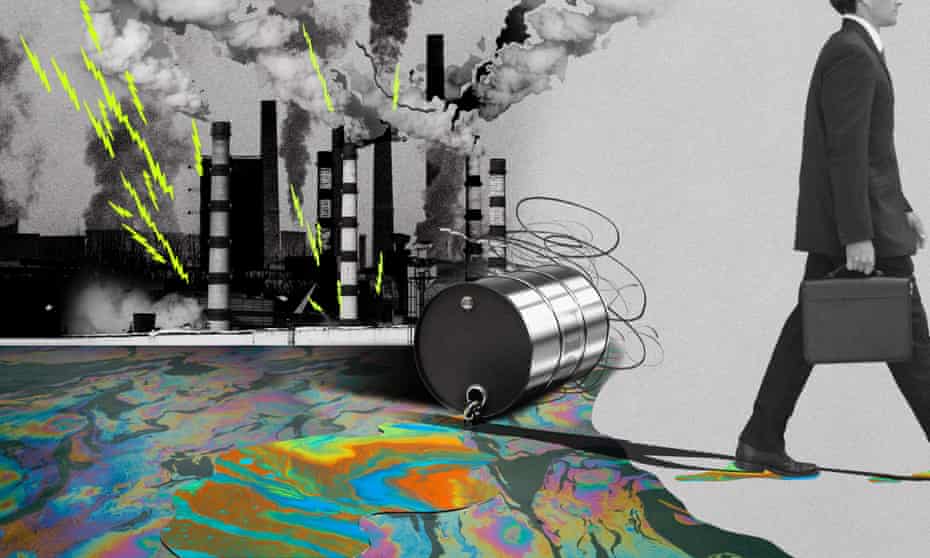
.png)



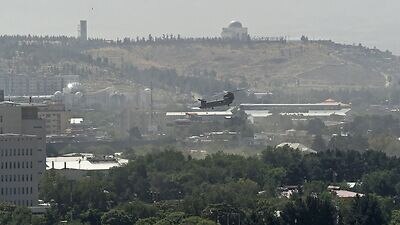
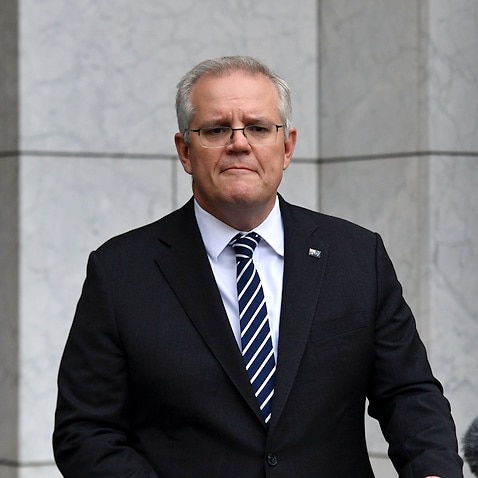

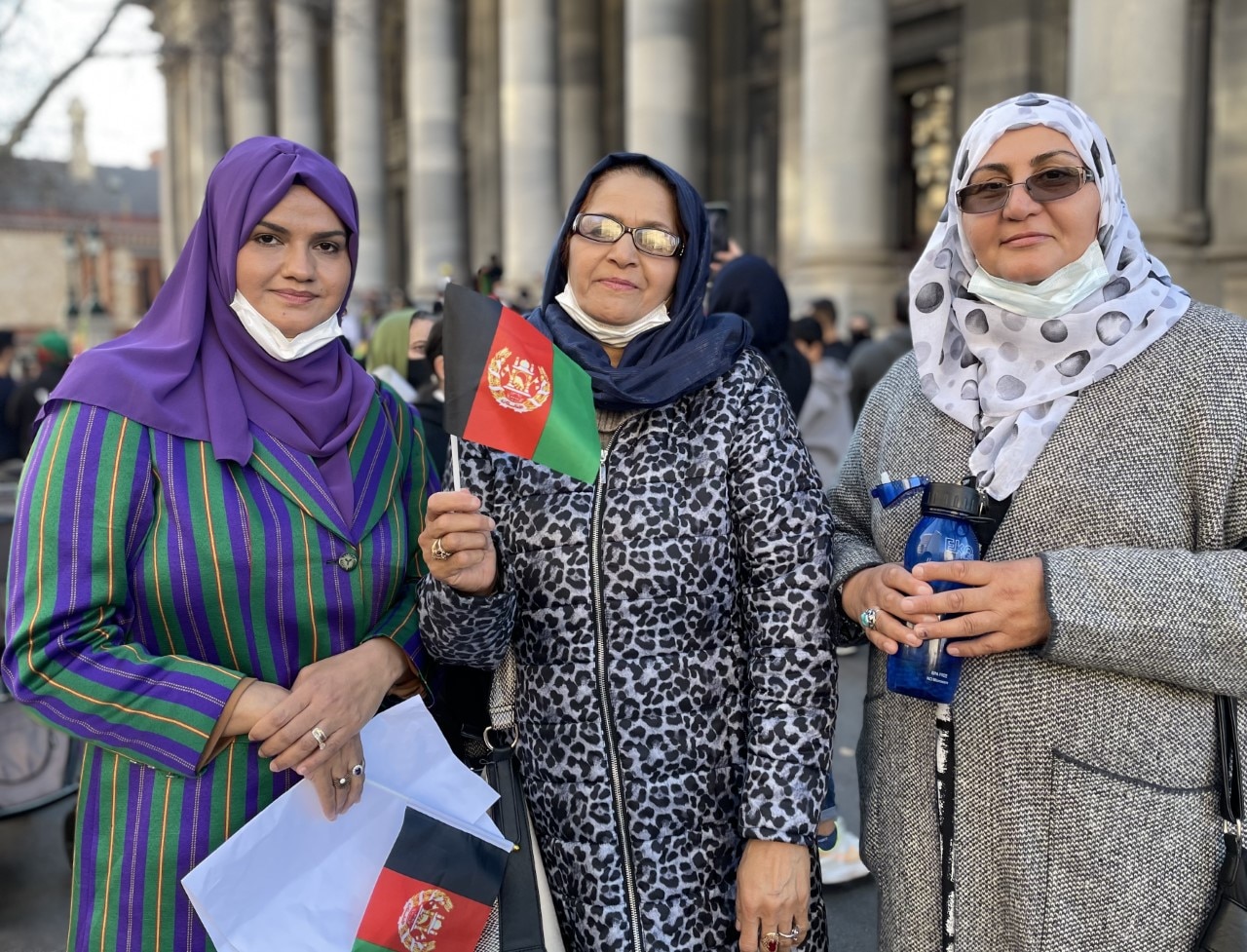

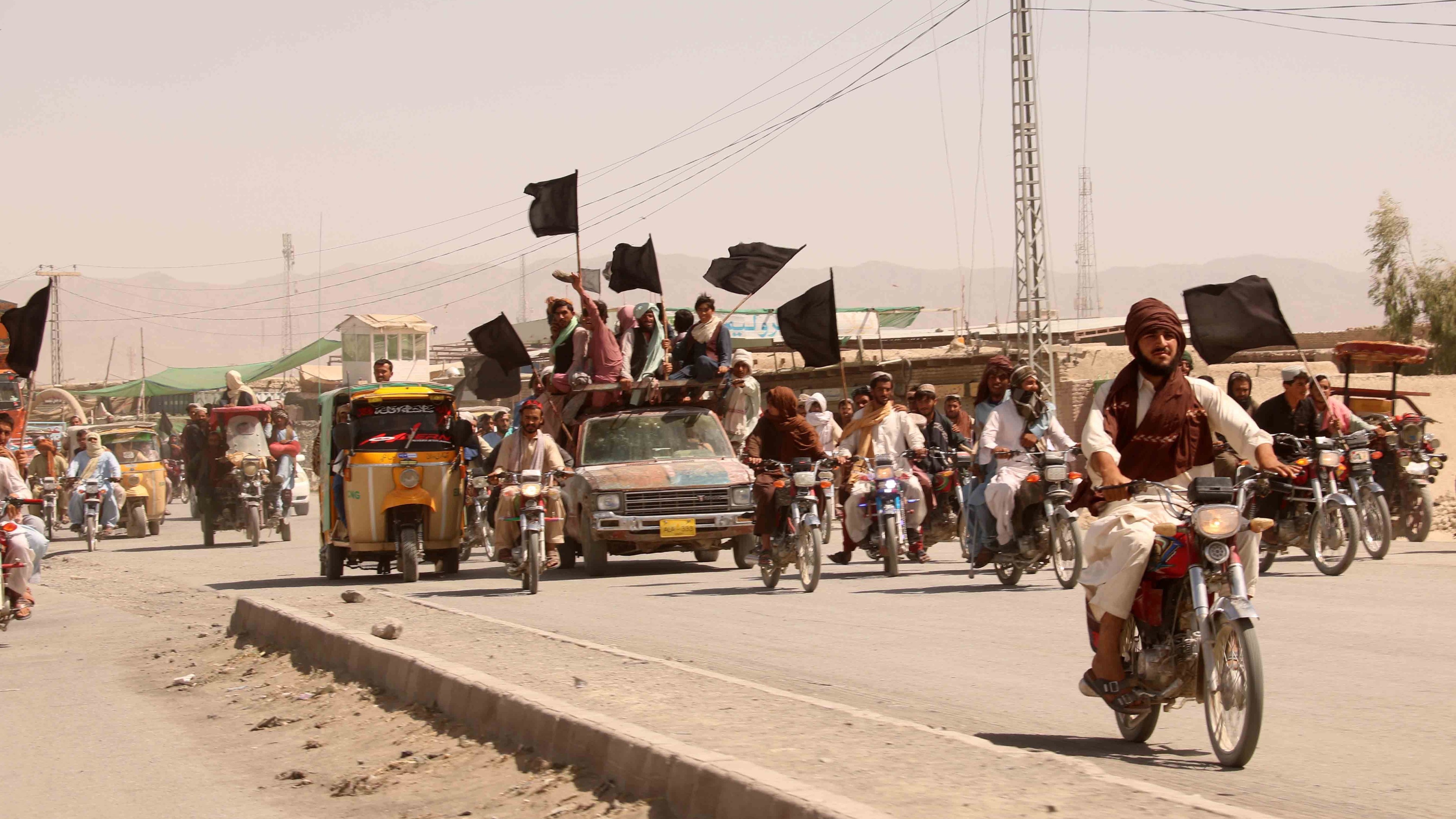
/cloudfront-ap-southeast-2.images.arcpublishing.com/nzme/2IMEXYO33NCQC5TU4V5JYJWTH4.jpg)
/cloudfront-ap-southeast-2.images.arcpublishing.com/nzme/O5CSBGR4O4TOOA3ZXLPB4UDKG4.jpg)
/cloudfront-ap-southeast-2.images.arcpublishing.com/nzme/7RNOYJPPXFKBTSHYJAZHUK6TDA.jpg)
/cloudfront-ap-southeast-2.images.arcpublishing.com/nzme/K63HTH2EHHY4BVS4JWOUPVTREM.jpg)
/cloudfront-ap-southeast-2.images.arcpublishing.com/nzme/WEJLSEVYTPAEWSZTC2LYWUZPUE.jpg)
/cloudfront-ap-southeast-2.images.arcpublishing.com/nzme/PUBNGTTG435AHTS47I7SUW5FTA.jpg)
/cloudfront-ap-southeast-2.images.arcpublishing.com/nzme/3XUHDXND4KCIWDOJL5OTAM2KDU.jpg)

